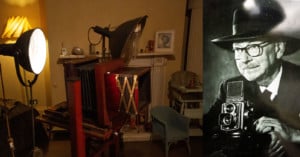
1950s Photo Studio is a Perfectly Preserved Time Capsule
E. Chambré Hardman was a prominent British photographer in the 20th century, his career started in the 1920s and stretched into the 1970s.

E. Chambré Hardman was a prominent British photographer in the 20th century, his career started in the 1920s and stretched into the 1970s.
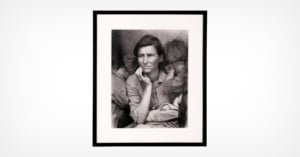
A 1950s-era gelatin silver print of Dorothea Lange's famous Migrant Mother photo will be auctioned on May 12 through Hindman. It is perhaps the most famous photo of the Great Depression.
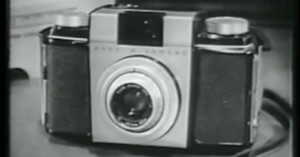
The folks over at The Phoblographer have uncovered a great "blast from the past" on YouTube: a compilation of old Kodak camera commercials from the 1950s and 60s that'll have you yearning for simpler times ... when it was much more complicated to take an actual photograph.
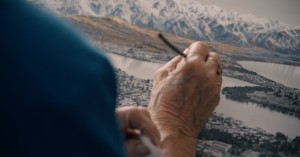
This beautiful short film reminds us about a part of the photographic process that most of the people reading this will have never experienced: hand-tinting. Revisit the age of hand-tinted photography through the eyes of 83-year-old Grace Rawson, a professional colorist from the 1950s.
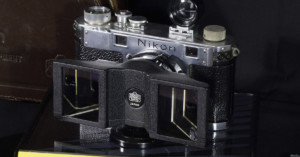
If you want to own one of the rarest Nikon lenses in existence, now is your chance. A Nikkor stereo 3D lens from the 1950s has surfaced in an eBay auction.
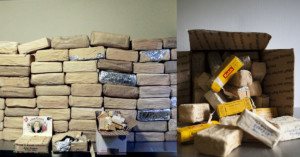
About a year ago, Levi Bettwieser of the Rescued Film Project won about 20 auctions for the undeveloped work of a 1950s photographer. What he received was 66 bundles of film containing a staggering 1,200 unprocessed rolls.
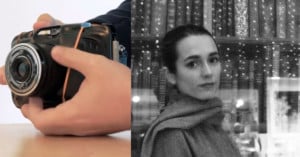
Photographer Mathieu Stern found an interesting way to shoot digital photos through the plastic lens of a 1950s toy camera. After removing the back of a Photax Heanar Type V camera, he simply strapped it to the front of his Sony a7II using rubber bands.
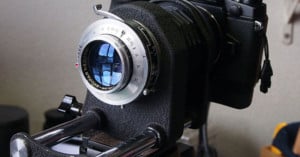
Photographer Mario Nagano has a new camera lens that will undoubtedly draw quite a few looks from fellow photographers: it's an old lens from a 1950s bellows camera that has been converted into a Micro Four Thirds lens for his Olympus OM-D E-M5.
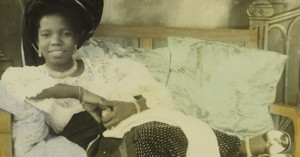
Noted Nigerian photographer Chief S.O. Alonge was the very first indigenous photographer of the Royal Court of Benin in Nigeria, and for some five decades, he captured thousands of Kodak glass-plate negatives of the ritual, pageantry and regalia of the Nigerian obas (kings), their wives and retainers.
Now, these rarely seen images and the fascinating world they preserved are being pulled out of the archives of the Smithsonian National Museum of African American Art and shown to the world once more.
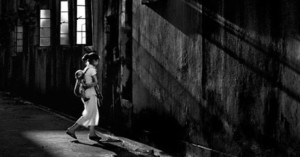
Photographer Ho Fan has been shooting black and white street photography since the 1950s. At the time, he was living in the poor, rundown Central neighborhood of Hong Kong. The streets, filled with food and trinket vendors, captured the recent Shanghai transplant's attention. It was with this fascination that Fan took his camera to the streets, documenting the intriguing life around him.
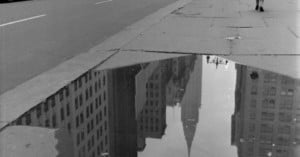
Frank Oscar Larson was an auditor living in Queens back in the 1950s who had a passion for street photography. Every weekend he would travel around the city armed with his Rolleiflex camera, photographing the things that caught his eye. After Larson died of a stroke at the age of 68 in 1964, his photographs quietly sat in a cardboard box for 45 years before finally being discovered by his son's widow in 2009. They offer a beautiful look into what life in NYC was like half a century ago.